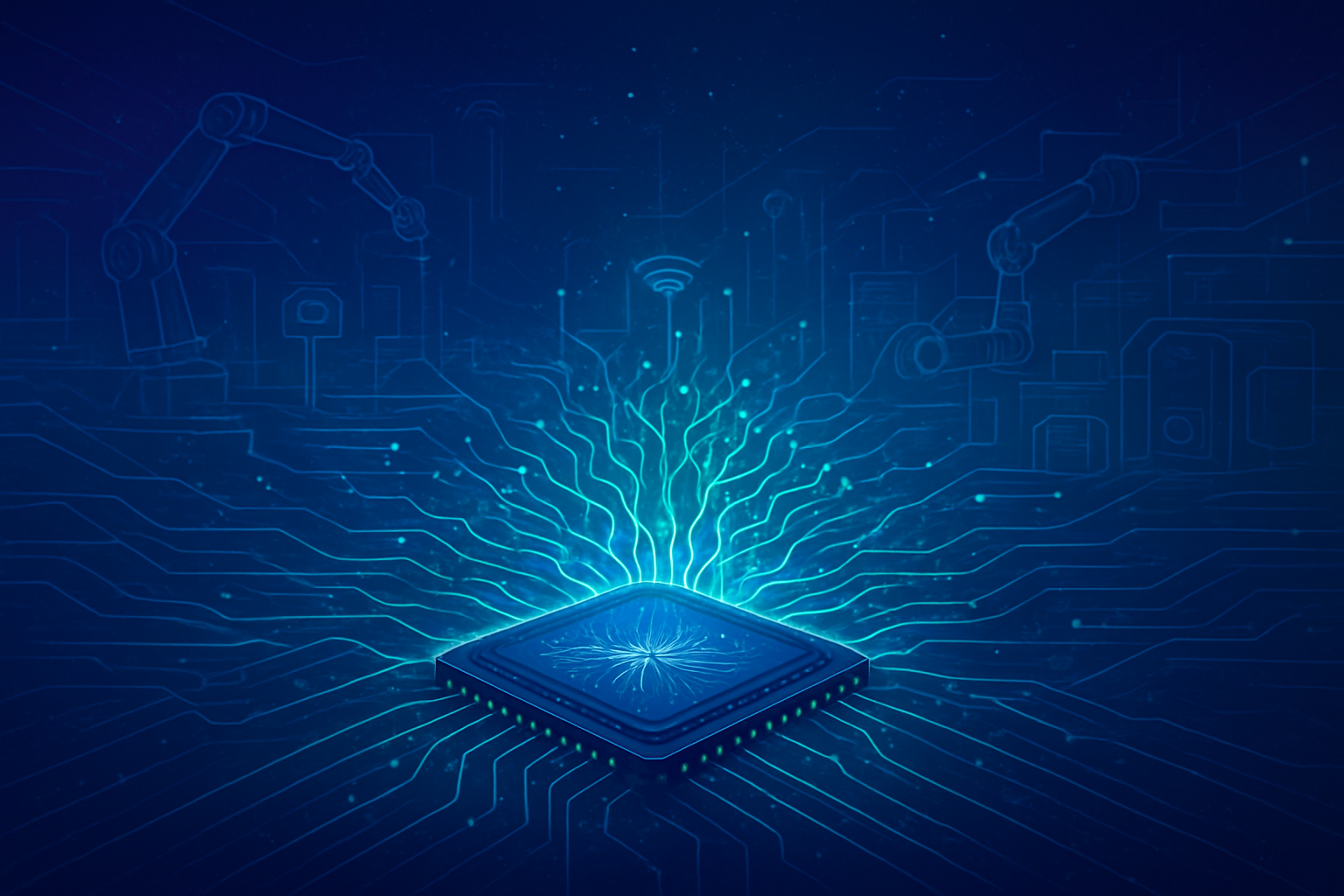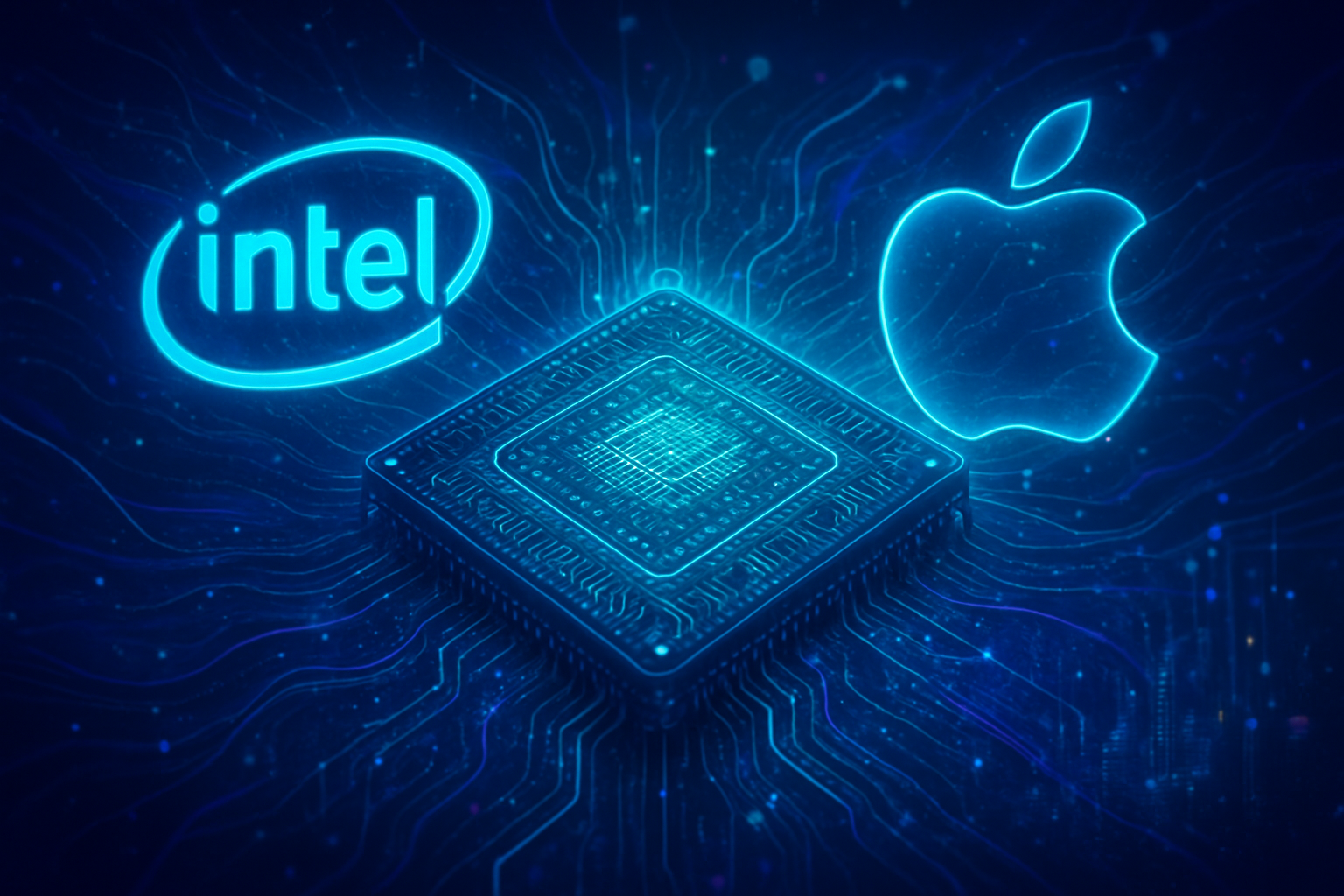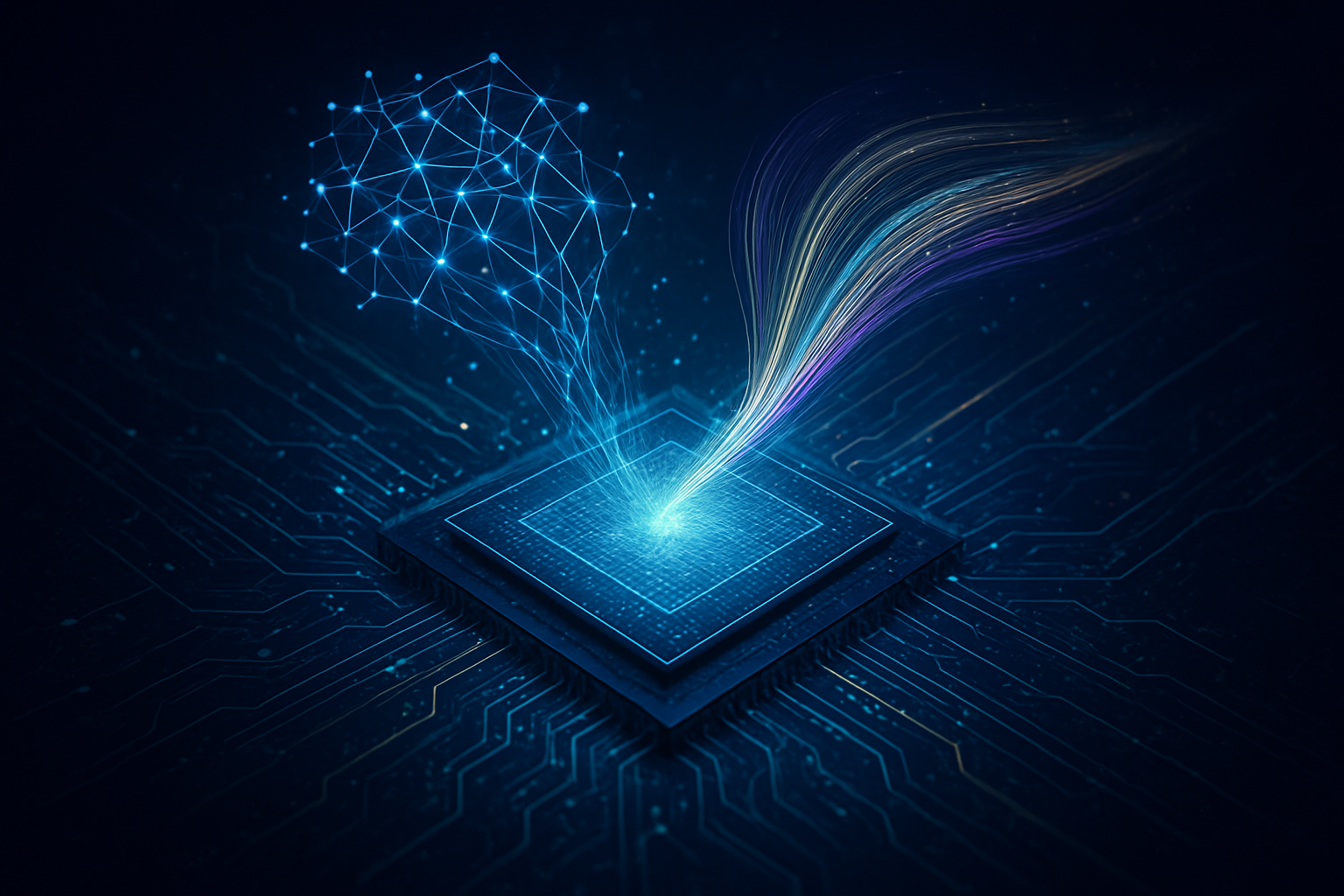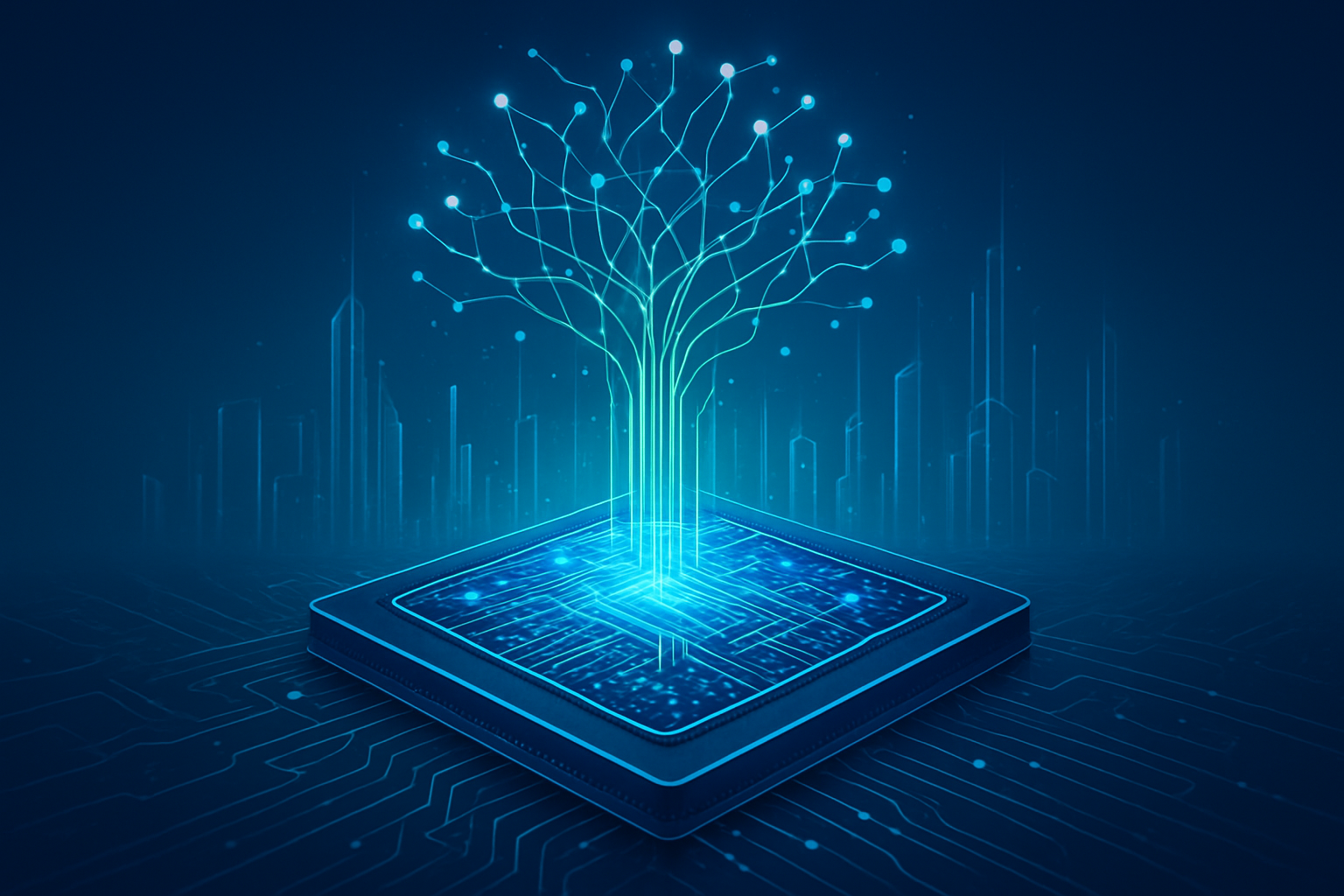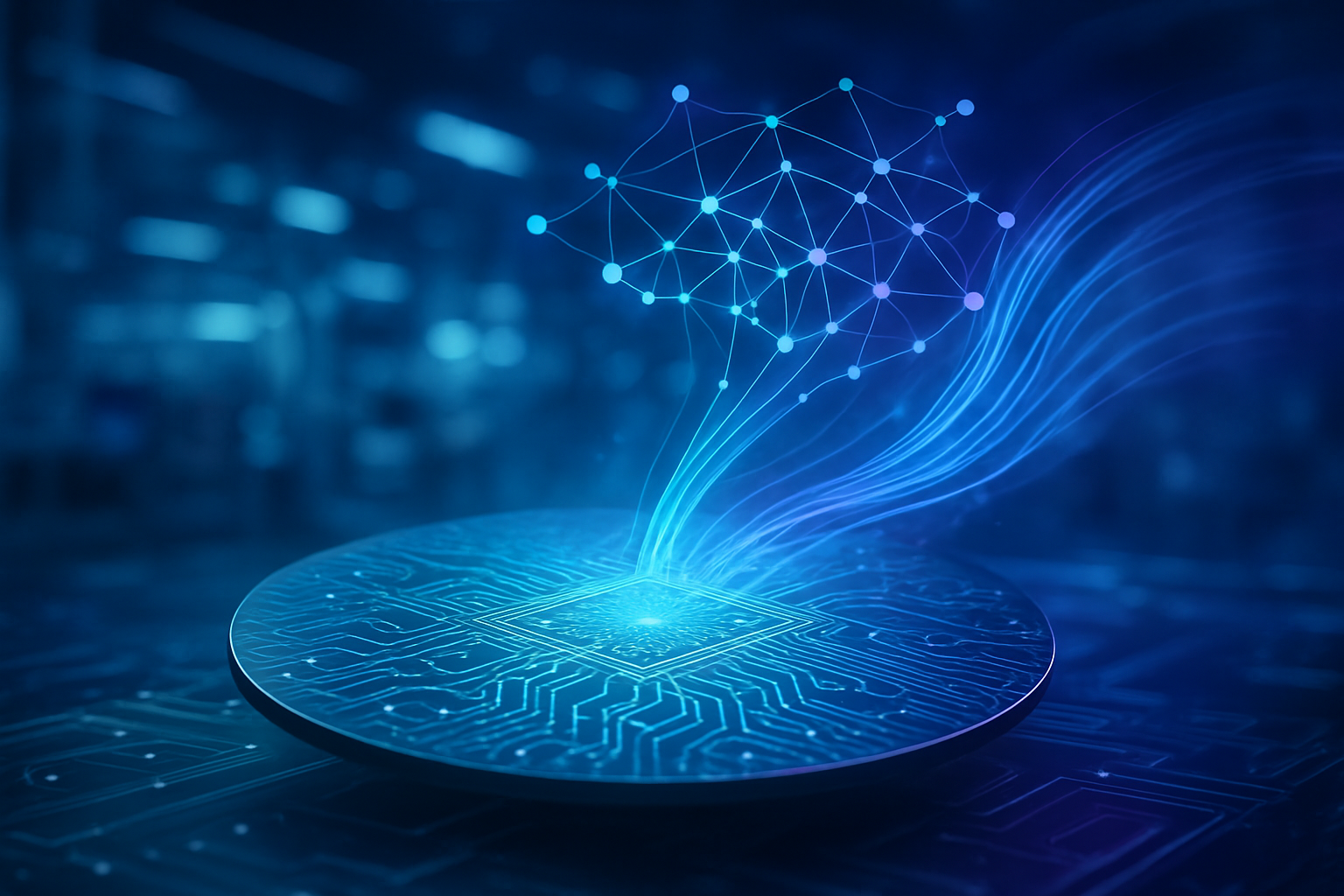In a surprising twist in the ever-evolving landscape of human-computer interaction, a retro-tech sensation known as 'Physical Phones' has emerged as a powerful counter-narrative to smartphone omnipresence. Founded by AI education creator Cat Goetze, also known as CatGPT, this innovative venture has not only captured the public's imagination but has also generated over $280,000 in sales by offering a deceptively simple solution to a pervasive modern problem: excessive screen time. Launched in July 2025, these Bluetooth-enabled landline-style handsets are quickly proving that sometimes, the best way forward is a nostalgic look back, fundamentally reshaping how we think about our digital boundaries.
Goetze's brainchild taps into a collective weariness with constant digital engagement, providing a tangible escape from the relentless demands of smartphone notifications and endless scrolling. The immediate and overwhelming success of Physical Phones underscores a deep-seated societal desire for intentional disconnection, proving that a significant segment of the population is actively seeking tools to reclaim their attention and mental well-being. This viral phenomenon is not just a passing fad; it represents a burgeoning movement towards more mindful technology consumption, with profound implications for how future devices might be designed and adopted.
The Engineering of Simplicity: How a Landline Reimagines Connectivity
At its core, a Physical Phone is a Bluetooth-enabled handset designed to pair seamlessly with any modern smartphone, whether an iPhone (NASDAQ: AAPL) or an Android device. Users simply connect the Physical Phone via Bluetooth, and it acts as an external receiver and dialer for their existing mobile number. This ingenious design allows individuals to make and receive calls, including those from popular communication apps like WhatsApp, FaceTime, Instagram, and Snapchat, all without ever needing to look at or interact with their smartphone screen. The device features a traditional rotary or push-button dial pad, enabling users to manually dial numbers, or alternatively, activate their smartphone's voice assistant for hands-free calling.
This approach starkly contrasts with the prevailing trend of increasingly complex and feature-rich smartphones. While contemporary mobile devices strive for ever-larger screens, more powerful processors, and an endless array of applications, Physical Phones deliberately strip away visual stimuli and digital distractions. This divergence is precisely what makes them compelling; they offer a focused, single-purpose interaction that bypasses the attention-grabbing interfaces of modern smartphones. Initial reactions from the tech community and early adopters have been overwhelmingly positive, with many praising the device's ability to foster more present conversations and reduce the cognitive load associated with constant digital alerts. Experts highlight its role as a "low-stim technology," providing a much-needed physical separation from the digital world.
Competitive Ripples: Shifting Sands for Tech Giants and Startups
The rapid ascent of Physical Phones presents both challenges and opportunities across the tech industry. For established smartphone manufacturers like Apple (NASDAQ: AAPL) and Alphabet's Google (NASDAQ: GOOGL), this trend signals a potential shift in consumer priorities away from pure screen-centric interaction. While Physical Phones don't replace smartphones entirely, their success suggests a market for companion devices that actively reduce screen engagement. This could prompt tech giants to invest more heavily in "digital well-being" features, or even explore their own lines of minimalist, screen-free communication devices. The competitive implication is that innovation might now also involve de-innovation or simplification, rather than just adding more features.
Startups focused on digital detox solutions, mental wellness apps, and "dumb phone" alternatives stand to benefit significantly. Companies like Physical Phones are carving out a lucrative niche, demonstrating that consumers are willing to pay for tools that help them manage their digital lives. This could spur further investment in retro-tech and minimalist hardware. Telecommunication companies might also see a renewed interest in voice-only plans or specialized services catering to users prioritizing calls over data. The market positioning for Physical Phones is unique; it doesn't aim to compete directly with smartphones but rather to complement them by addressing their most significant drawback—their addictive nature. This strategic advantage lies in offering a solution to a problem that many tech companies are inadvertently exacerbating.
A Broader Canvas: Reimagining Human-Computer Interaction
The viral success of Physical Phones extends far beyond a mere product launch; it represents a significant cultural moment within the broader AI and tech landscape. It highlights a growing societal awareness and pushback against the unintended consequences of pervasive digital technology, such as shortened attention spans, increased anxiety, and a perceived "loneliness epidemic." This movement aligns with a larger trend towards digital minimalism and intentional living, where individuals actively seek to set boundaries with technology rather than being passively consumed by it. Physical Phones fit perfectly into this narrative, offering a tangible tool for digital reduction.
From a human-computer interaction (HCI) perspective, this phenomenon signals a crucial evolution. For decades, HCI research has largely focused on optimizing screen-based interactions and making digital interfaces more engaging and ubiquitous. However, the demand for Physical Phones suggests an emerging interest in "low-stim technology" that prioritizes physical presence and focused interaction over constant visual input. It challenges the assumption that more features and greater screen time equate to better user experience. This development can be compared to previous AI milestones that shifted paradigms, such as the rise of voice assistants, by demonstrating that users desire diverse interaction modalities, not just increasingly complex visual ones. The core concern it addresses is the fundamental impact of screen addiction on mental health and social connection, prompting a re-evaluation of how technology serves human well-being.
The Horizon of Disconnection: Future Developments and Challenges
Looking ahead, the success of Physical Phones is likely to inspire a new wave of retro-tech innovations and digital detox tools. Near-term developments could include more sophisticated Bluetooth landlines with enhanced voice quality, longer battery life, and perhaps even integration with smart home ecosystems for a truly screen-free living experience. Long-term, we might see a diversification of "physical interfaces" for digital services, where tangible objects mediate interactions that currently rely on screens. Imagine physical buttons for specific app functions or haptic feedback devices that convey information without visual cues.
Potential applications on the horizon could include specialized Physical Phones for the elderly, offering a simpler, less intimidating way to stay connected, or educational versions designed to help children develop healthy tech habits. However, challenges remain. Ensuring broad compatibility across diverse smartphone operating systems and communication apps will be crucial. Furthermore, the market will need to balance nostalgic appeal with modern expectations for reliability and functionality. Experts predict that this trend will continue to grow, pushing tech companies to consider the "human cost" of their innovations and explore how technology can facilitate connection and well-being, rather than just consumption. The next step could involve AI-powered features within these minimalist devices, offering smart call screening or personalized digital well-being coaching without requiring screen interaction.
A Corded Legacy: Rethinking Our Relationship with Technology
The viral success of Cat Goetze's 'Physical Phones' marks a pivotal moment in the ongoing discourse about technology's role in our lives. It serves as a powerful reminder that innovation doesn't always mean more complexity; sometimes, it means thoughtful simplification. The key takeaway is clear: there is a significant, unmet demand for technology that empowers users to manage their digital lives more intentionally, reducing screen time and fostering deeper, more present human connections.
This development holds immense significance in AI history not just for the product itself, but for the underlying philosophy it champions. It highlights how AI can be leveraged not only to create advanced digital experiences (as Goetze does with CatGPT) but also to inspire solutions that promote a healthier balance with technology. The long-term impact could be a fundamental shift in how we design and consume technology, moving towards a future where digital well-being is as critical a design consideration as processing power or screen resolution. In the coming weeks and months, it will be crucial to watch how established tech companies respond to this retro-tech resurgence and whether they embrace the call for more mindful, less screen-dependent interactions. The corded phone, once a symbol of the past, may just be pointing us towards the future of human-computer interaction.
This content is intended for informational purposes only and represents analysis of current AI developments.
TokenRing AI delivers enterprise-grade solutions for multi-agent AI workflow orchestration, AI-powered development tools, and seamless remote collaboration platforms.
For more information, visit https://www.tokenring.ai/.




